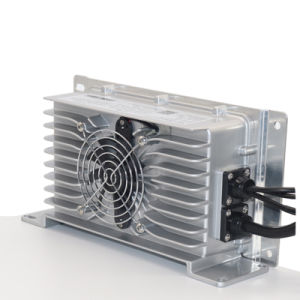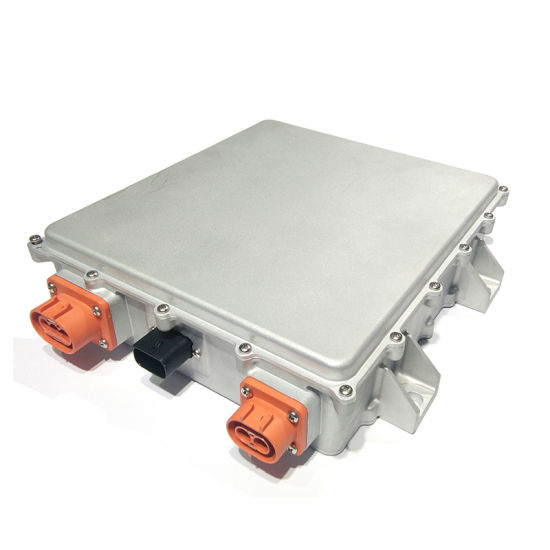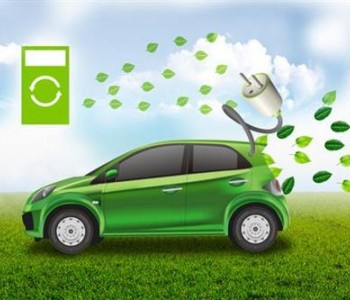According to a June 2021 study by the Fuels Institute, the top EV owner demographic in 2019 was white, middle-aged males with six-figure incomes, college degrees and at least one other vehicle in their households. This is because the majority of EVs just three years ago were luxury-focused, with correspondingly higher price points that made ownership by other demographics more of a challenge despite promised fuel cost savings and government-backed incentives. That was then; this is now. And as the old Virginia Slims ad used to say, “You’ve come a long way, baby.”

In June of 2022, a Consumer Reports article detailed how several major auto manufacturers are electrifying large segments of their vehicle lineups, with a few announcing plans to go fully electric by 2027. This includes economy and mid-range models that eschew the bells and whistles that make luxury models so pricey. “These more affordable models have the potential to sway a significant percentage of the car-buying public toward… an EV with their efficiency, performance, and lower ownership costs,” said Gabe Shenhar, associate director of Consumer Reports’ Auto Test Center.
The Fuels Institute speculates that EV sales will constitute as much as 40% of all light-duty vehicle sales as affordability normalizes buyer age and balances gender distribution, among other equitable effects on the marketplace. Yet, as this demand for EVs inevitably increases, the need for a proportionately equitable dispersion of charging infrastructure becomes all the more urgent.
According to McKinsey & Company, “As the number of EVs on the road increases, annual demand for electricity to charge them would surge from 11 billion kWh now to 230 billion kWh in 2030… Modeling indicates that nearly 30 million chargers would be needed to deliver so much electricity in that year. While most of these chargers would be installed at residences, 1.2 million would [need to] be public chargers.” More importantly, these public chargers must be targeted to drivers of all ages, genders, races, cultures, income levels and geographic segments. As such, EVCS has identified three primary areas necessary to increasing the democratization of charging infrastructure:

1) Widespread Charging Access
Chargers need to be installed at a large number of communal properties, whether public, semi-public or private. Moreover, geographic allocation must include varying locales, from outlying rural areas to suburban shopping malls to low-income neighborhoods in populous urban centers. That’s why EVCS has focused on installing DCFCs in diverse and scattered areas across the West Coast as well as varying property types, from gyms and grocery stores to municipal lots and educational institutions to multi-unit dwellings and workplaces.
2) Affordable and Convenient Pricing Models
Gasoline prices continue to be a major pain point for most ICE vehicle owners. A CNBC study in March of 2022 showed that “even with regional surges in the price of electricity, it’s still quite a bit more expensive to fill your gas tank than it is to charge your EV’s battery.” Jeffries analyst David Kelley calculated total vehicle lifetime savings at about $4,700. And while, yes, charging at home is fairly cheap, EVCS has ensured such savings continue in the public square with low network-wide pay-as-you-go fees and flat monthly subscription rates that are simple to understand and don’t fluctuate based on locale or time of day.
3) Development of New Technologies
Innovation always drives down costs. In just the last couple years, both private and government-backed investments in the EV space have resulted in numerous innovations that have made the industry more efficient and, as a result, accessible, from cloud-based SaaS networking solutions to faster next-gen battery cells to V2G smart grid technology. EVCS has embraced this trend, with our backend network that creates a seamless and uniform user experience – whether you’re in Fresno, California or Skykomish, Washington – and our investments in faster, more effective, more reliable chargers.

Ensuring EV adoption is viable everywhere and to everyone is crucial to our ultimate goal of creating widespread environmental benefits, including reduced carbon emissions and improved air quality. Efforts at democratizing infrastructure will go a long way toward this goal.
Contact Person: Miss. Kiki
| WhatsApp : | +8617763224709 |
|---|---|
| Skype : | +8617763224709 |
| WeChat : | +8617763224709 |
| Email : | kiki@lifepo4-battery.com |